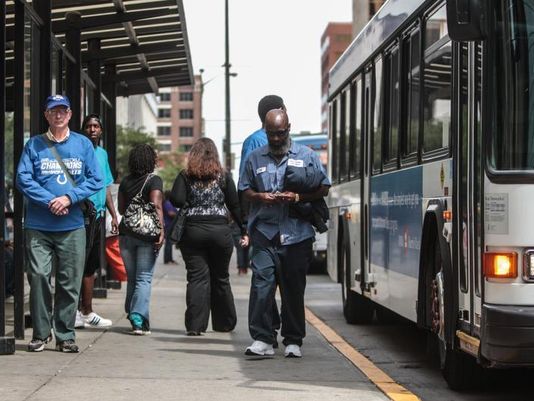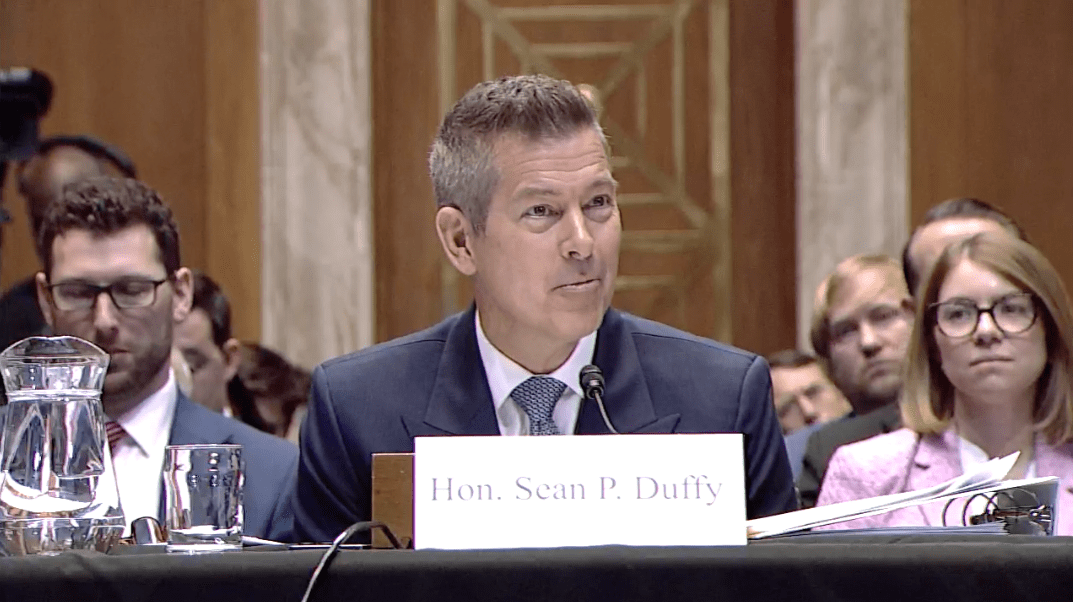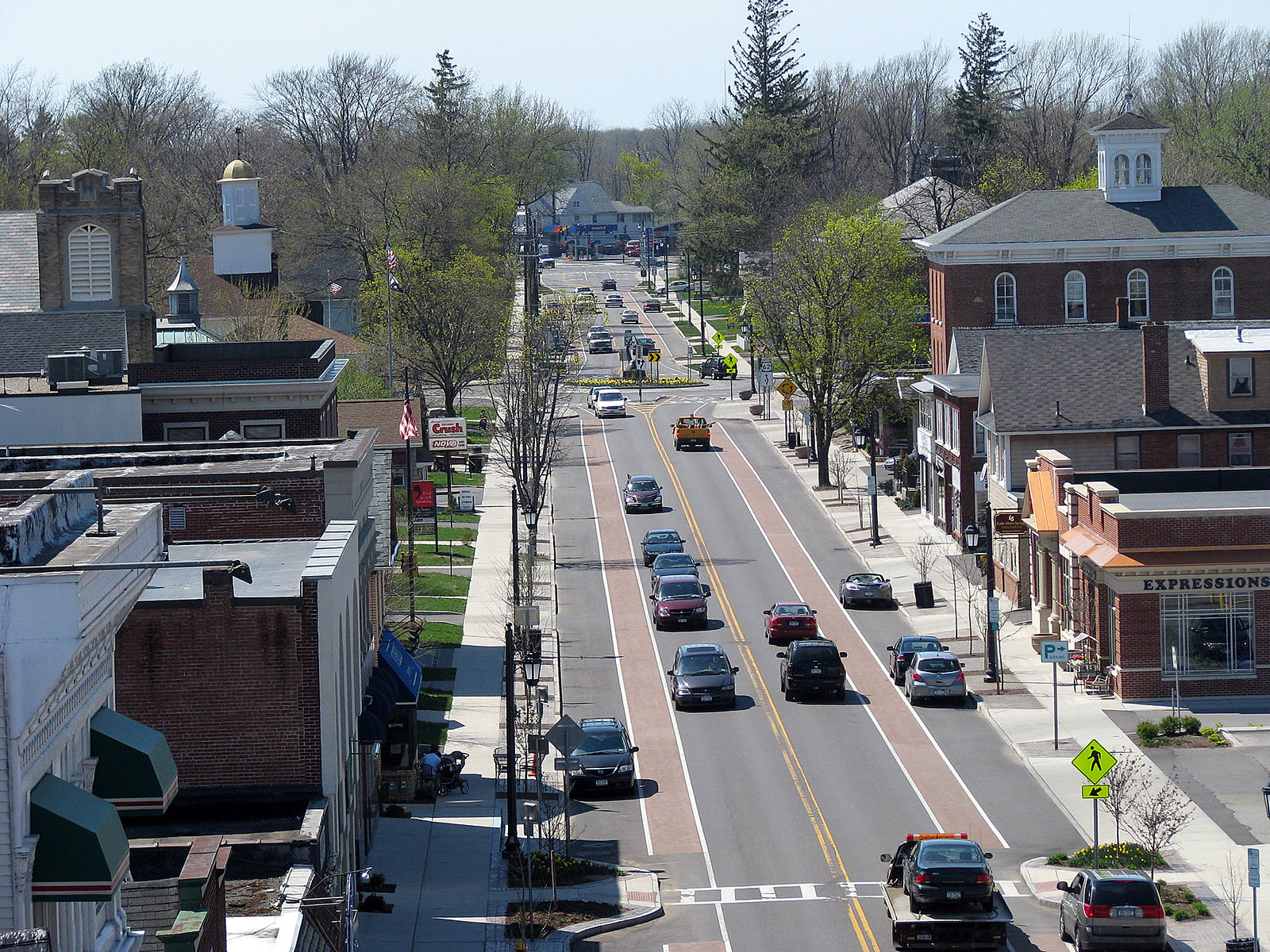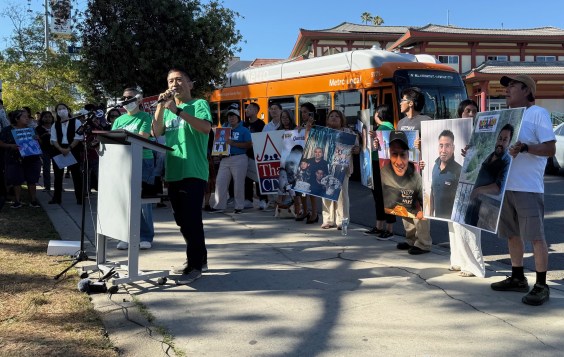Opponents had a field day inserting “poison pills” into the bill to allow transit expansion in the Indianapolis area. But so far, they haven’t been able to slow down the bill’s progress. It passed the Indiana House Transportation Committee yesterday, 11-1.

The bill would allow Marion County -- where Indianapolis sits -- and six surrounding counties to ask voters to approve local tax hikes to fund transit. The Indianapolis area has outpaced the rest of the country in exporting jobs to the suburbs. Expanded transit is needed to help urban workers access those jobs.
In addition to the legislation, Urban Indy blogger Curtis Ailes (who just last week moved to Portland) says there are three rapid transit lines in the planning stages that already have secured federal funding. "If this legislation passes, it would give them the authority to raise the money they need to operate those systems," Ailes said. "And obviously, rapid transit with 10- or 15-minute frequencies through the day would be a big deal for people in Indianapolis."
Republican state Sen. Brent Waltz, who countered the entire transit concept with his own three-page road-happy proposal, had gotten a provision inserted to raise corporate taxes to pay for at least 10 percent of any new transit service -- at the same time Gov. Mike Pence is trying to cut corporate taxes. “I always thought it was curious that some of the large corporations that had been talking about the need for mass transit weren't paying any taxes toward it," he said.
While it’s not at all a bad idea to ask businesses that will benefit from transit to contribute to the cost of its construction, the spirit of the measure was clearly aimed at tempering the overwhelming support among the Chambers of Commerce and area employers for the transit bill.
Waltz’s corporate tax provision was in the final Senate bill, but the House Transportation Committee stripped it out.
The House panel also rejected a Senate-passed requirement that any new transit serve 100 percent of a county’s residents -- something even the best urban transit systems struggle to achieve. Another failed amendment would have limited collective bargaining rights.
The Senate bill included only six counties -- the House committee included a seventh.
Some unfortunate provisions stayed in the House bill, though. While the bill purports to leave decisions up to each county about whether to fund transit and how to go about building it, it prohibits the expenditure of any of the tax revenues on light rail.
Rep. Tom Saunders objected to that restriction, saying, “I don't know why we're tying their hands regarding rail."
According to Ailes, the BRT proposal would involve ripping up existing rail lines to build a bus-only road -- an expensive proposal that would cost only slightly less than putting in light rail.
The House panel also kept Senate language insisting that at least 25 percent of costs for any new transit be covered by the farebox. While 25 percent recovery of operating costs is certainly an attainable goal -- median farebox recovery in the U.S. is 35 percent [PDF] -- it’s an unnecessary challenge to impose on a fledgling system.
"They would have to offer minimum coverage and we all know what that does," said Ailes. "One or two hour headways."





